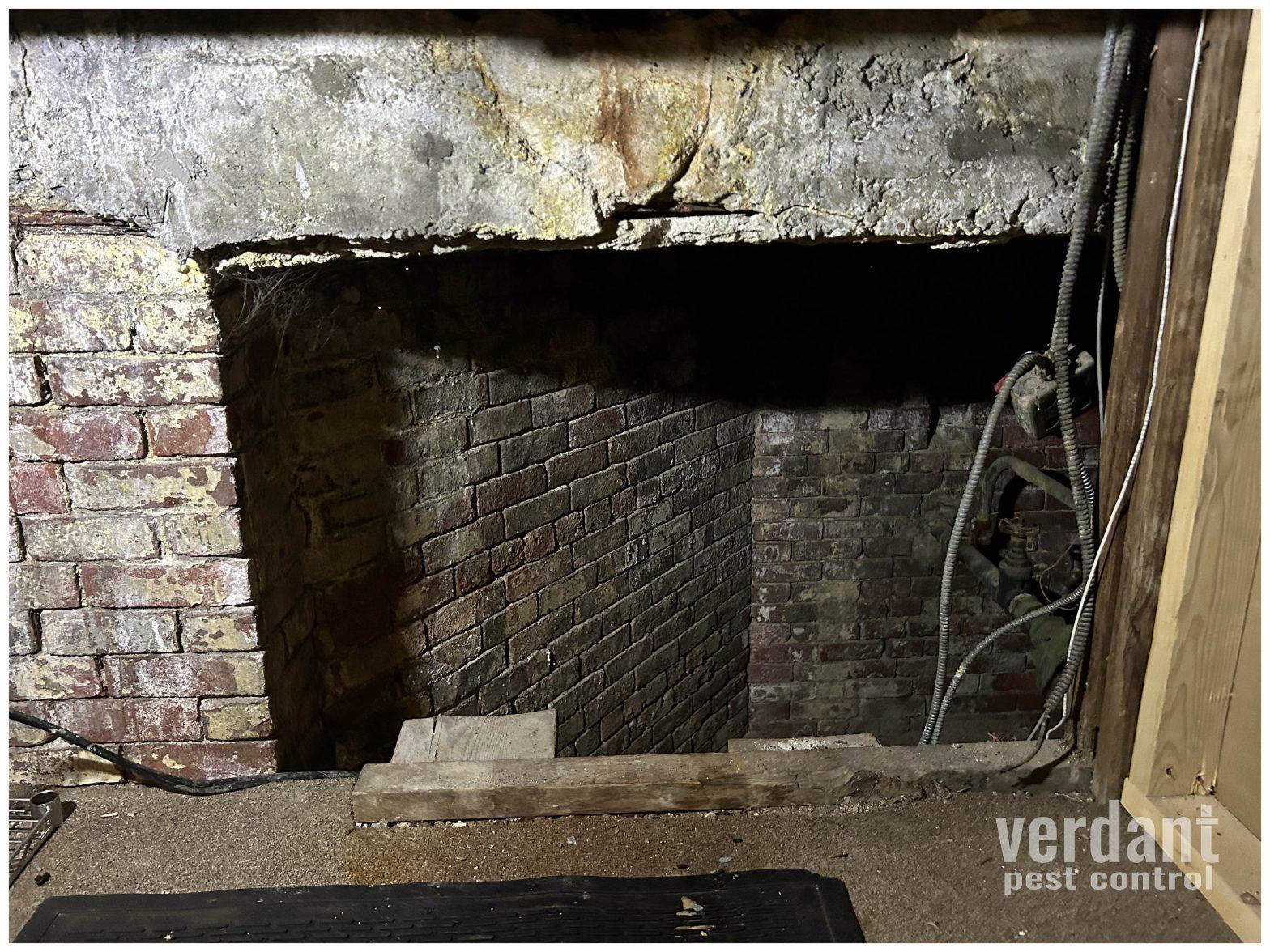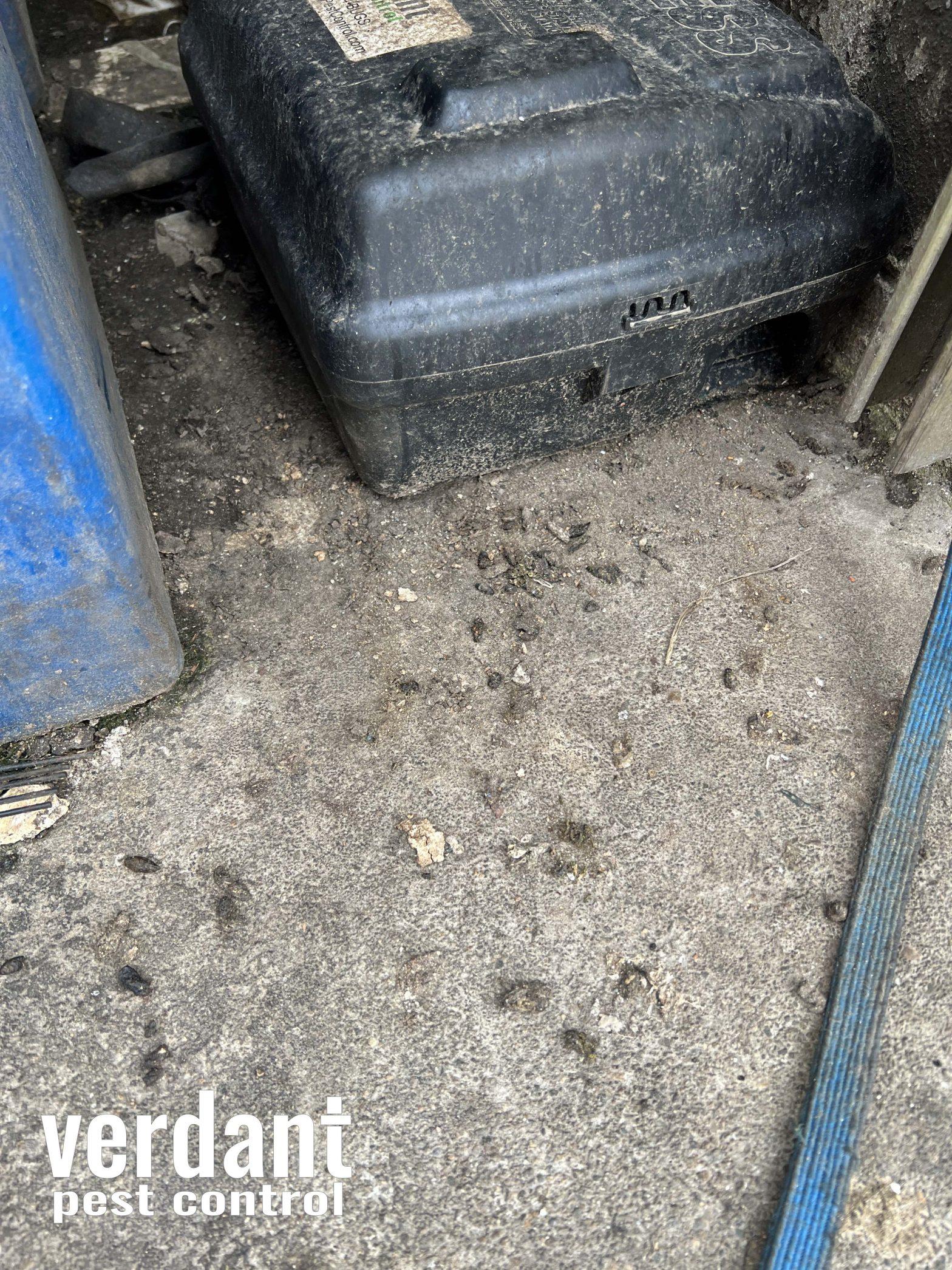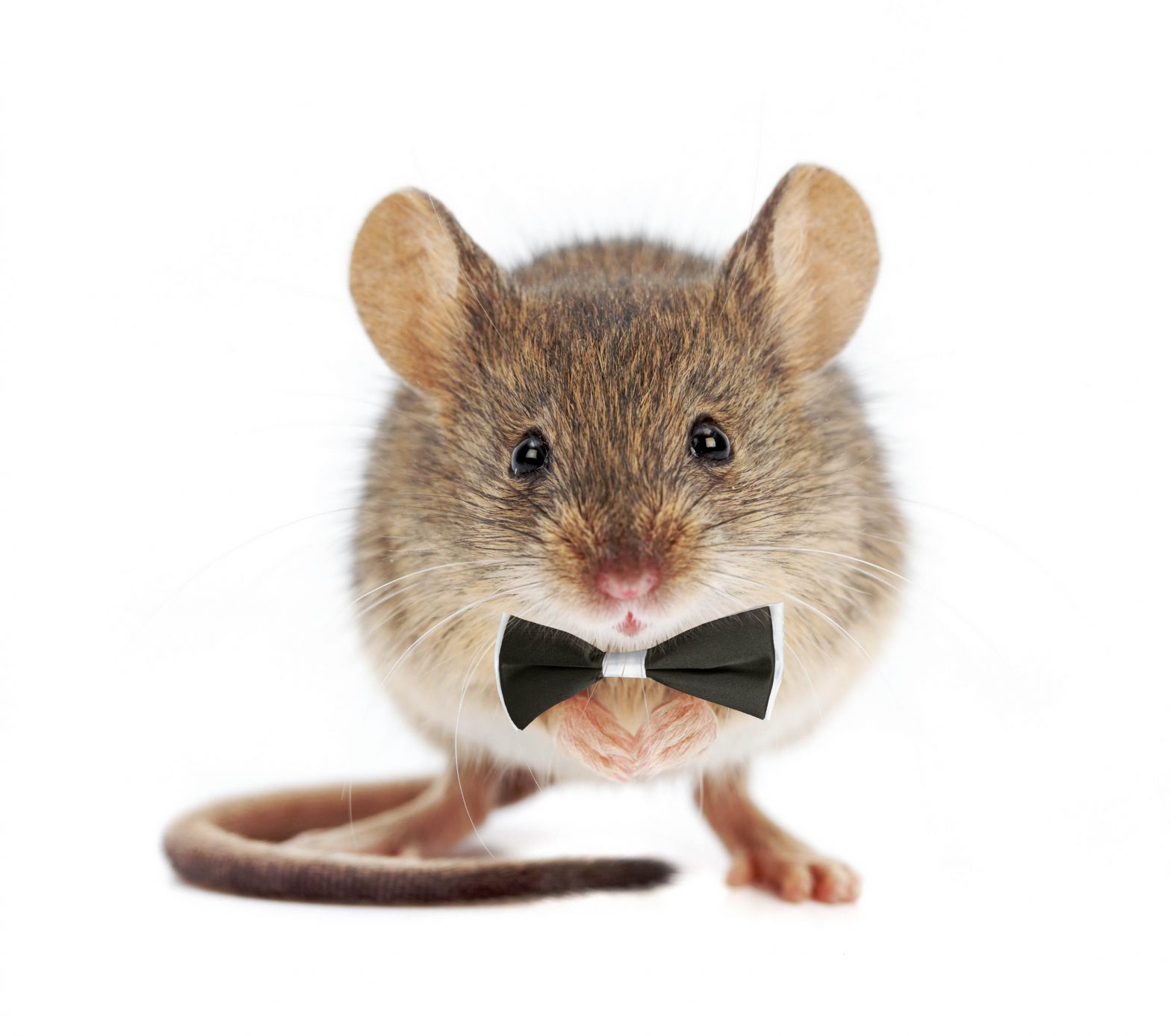Rats are living in this tunnel underneath the streets of a major city. We had to create a door that would keep rats from coming out of the tunnels and into the establishment. This is why I love pest control…because of the things you get to see that most will never have the opportunity to observe. These service tunnels keep sewers, steam pipes, electrical and I bet a whole lot of secrets. We don’t build them this intricate anymore!
Tag: rat
Mice vs. Rats: Understanding the Difference
Lets play “Is it mice or rats?”
Spoiler alert…it’s rats. What might look like dirt or debris are actually rat droppings all around this bait station on the ground. Mice and rats are two common household pests that can cause havoc and discomfort when they invade our living spaces. While they may seem similar at first glance, there are distinct differences between these rodents.
Physical Appearance:
One of the primary ways to differentiate mice from rats is through their physical attributes. Mice are generally smaller, measuring around 2 to 4 inches in length, with slender bodies, pointed noses, and relatively large ears. In contrast, rats are larger, ranging from 6 to 9 inches in length, with more robust bodies, blunt noses, and smaller ears compared to their body size.
Tail Length:
Another noticeable distinction between mice and rats lies in their tails. Mice have thin, long, and slightly hairy tails that are typically equal to or longer than their body length. On the other hand, rats possess thick, hairless, and scaly tails that are shorter than their body length.
Behavior and Habits:
While both mice and rats are nocturnal creatures, they exhibit different behaviors and habits. Mice are known for their agility and ability to climb, jump, and squeeze through tiny openings. They are fast breeders and tend to build nests in hidden areas using materials like paper, fabric, or insulation. Mice are generally curious and cautious creatures, avoiding human contact whenever possible.
Rats, on the other hand, are excellent swimmers and burrowers. They are more cautious and exhibit neophobic tendencies, meaning they’re wary of new objects or changes in their environment. Rats often create complex burrow systems and tend to nest in dark, secluded areas such as basements or crawl spaces. Due to their larger size and stronger gnawing capabilities, rats can cause more structural damage than mice.
Dietary Preferences:
Both mice and rats are opportunistic eaters, but they differ in their dietary preferences. Mice are omnivorous and consume a variety of foods, including grains, seeds, fruits, and even small insects. They can survive on very little water, deriving most of their moisture from their food. Rats, on the other hand, are more flexible in their diet and can consume a wider range of foods, including grains, fruits, vegetables, meat, and even pet food. Rats require a regular source of water to survive.
Health Risks:
While both mice and rats can carry diseases and transmit them to humans through their urine, droppings, or bites, rats are generally considered more of a health concern due to their larger size and potential for more severe bites. Common diseases associated with these rodents include salmonellosis, hantavirus, leptospirosis, and rat-bite fever.
Understanding the differences between mice and rats is essential for effective pest management. By recognizing their distinct physical characteristics, behaviors, habits, dietary preferences, and health risks, you can better identify the type of rodent infestation you may be dealing with. Whether it’s mice or rats, it’s important to address the issue promptly and seek professional pest control assistance to eliminate the problem and prevent further damage to your home or business.
Mr. Mouse comes to visit
Sure he looks cute with that little bowtie but don’t let this fancy rodent fool you. Mice are dirty creatures. They are constantly defecating and urinating where ever they go. The surfaces in which they are scurrying across, climbing on and living in are covered in microscopic germs. Among the diseases carried within and on these varmints is Salmonella, Leptospira, Typhoid, RickettsialPox, Hantavirus and more. Keeping mice out of your home or places of work is a must for a clean and safe environment. Every situation is unique but control methods that work well include exclusion, sanitation, poison baits and physical traps. Mouse control is best left to the professionals for proper and quick control of an infestation. Fecal clean up services can also be performed which I highly recommend paying skilled workers to do the job. These aforementioned pathogens become especially dangerous when stirred up during the cleaning process. Call today to learn more about how we can protect you from Mr. Mouse (and friends).



